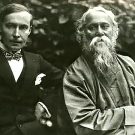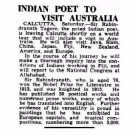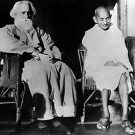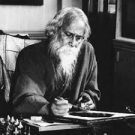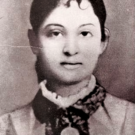
Unveiling the Plaque to Anapurna Turkhud Littledale, Rabindranath Tagore’s ‘Nalini’ on Ana’s 132nd Death Anniversary, 2 July 2023
This is an account of the life of Anapurna Turkhud Littledale who was a special presence in the life of Rabindranath Tagore, whom he called ‘Nalini’. Historical research and investigations with The Scottish Centre of Tagore Studies led to identifying where her body, and the body of her Denzil her child, came to their final resting places in Morningside Cemetery in Edinburgh, Scotland. The following is a recording of a memorial ceremony and unveiling of a plaque to commemorate her life and the life of her child Denzil. Read more
